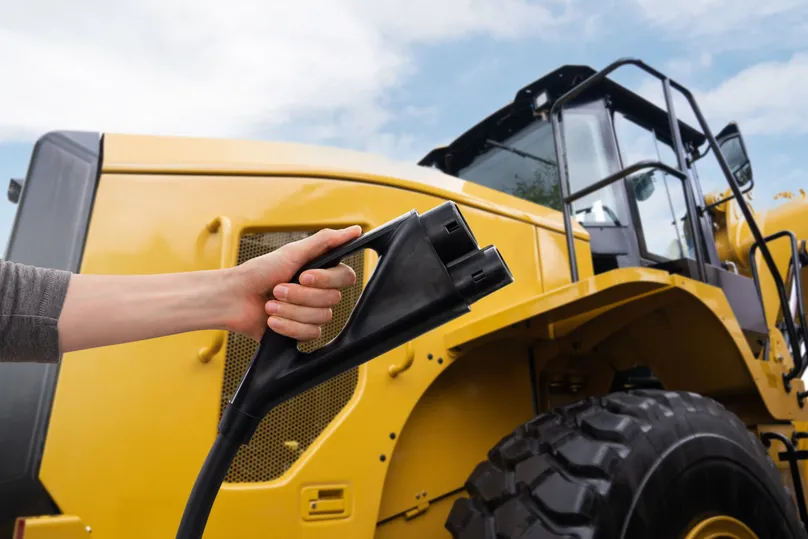Electric plant and equipment
In the context of infrastructure construction, ‘plant and equipment’ refer to the heavy machinery and tools used to carry out various tasks such as excavation, lifting, material handling, and site preparation.
Traditionally, much of this equipment has been powered by diesel engines. However, there is a growing shift towards electric plant and equipment as a more sustainable and efficient alternative.
Environmental, health, and safety
The Occupational Health and Safety (OHS) challenges related to electric plant and equipment include:
- battery charging safety: the need for longer charging times and proper handling of high-voltage systems requires additional training and strict safety protocols
- charging infrastructure: ensuring that charging stations are safely integrated and maintained on-site is critical for preventing electrical hazards
Applications
Electric plant and equipment can be used in a wide range of infrastructure applications, including:
- excavation and earthmoving
- material handling
- paving and road construction
- tunneling and underground construction
- drilling and piling
Specifications
The following specifications should be considered and complied when using electric plant or equipment on construction site:
- NOHSC: 1010 National Standard for Plant (1994)
- AS/NZS 3012 Electrical Installation – Construction (2010)
Benefits and challenges
Using electric plant and equipment for future infrastructure construction offers many benefits, including:
- achieving fossil-free and CO2-free construction site
- reducing noise pollution and vibration at construction site
- lowering project costs (electric machines have lower maintenance and service costs)
- improving efficiency and controllability (e.g. battery powered equipment provides instant response, no idling required)
While electric plant and equipment present several advantages, longer charging times compared to conventional diesel-powered equipment pose a challenge. Additionally, the market for electric plant and equipment in infrastructure construction is still maturing, with fewer electric models available compared to conventional diesel machines.
Previous use in Western Australia
Laing O’Rourke announced an AUD $12 million investment in electric construction equipment, launching Australia’s first renewable fleet of 250-tonne crawler cranes and telehandlers. The nation’s first two 250-tonne electric crawler cranes arrived in early 2023, with the first deployed on an infrastructure project in Western Australia.

References
- Infrastructure Australia 2021, Infrastructure market capacity, viewed 9 October 2024, <https://www.infrastructureaustralia.gov.au/sites/default/files/2022-02/Infrastructure%20Market%20Capacity%20report%2020220201.pdf>.
- National Occupational Health and Safety Commission 1994, National standard for plant, viewed 4 October 2024, <https://www.safeworkaustralia.gov.au/system/files/documents/1702/nationalstandardforplant_nohsc1010-1994_pdf.pdf >.
- Standard Australian/New Zealand 2010, Electrical installations – construction, Sydney, NSW, viewed 4 October 2024, <https://images10.newegg.com/UploadFilesForNewegg/itemintelligence/Lasko/as_nzs.3012.20101453248022538.pdf >.
- Laing O’Rourke 2022, AUD $12M investment in electric construction equipment, viewed 4 October 2024, <https://www.laingorourke.com/company/news/2022/laing-orourke-announces-aud-12m-investment-in-electric-construction-equipment-launching-australia-s-first-renewable-fleet-of-250t-crawler-cranes-and-telehandlers/>.